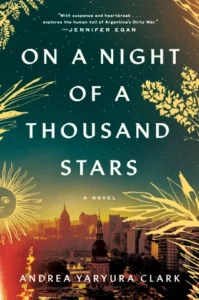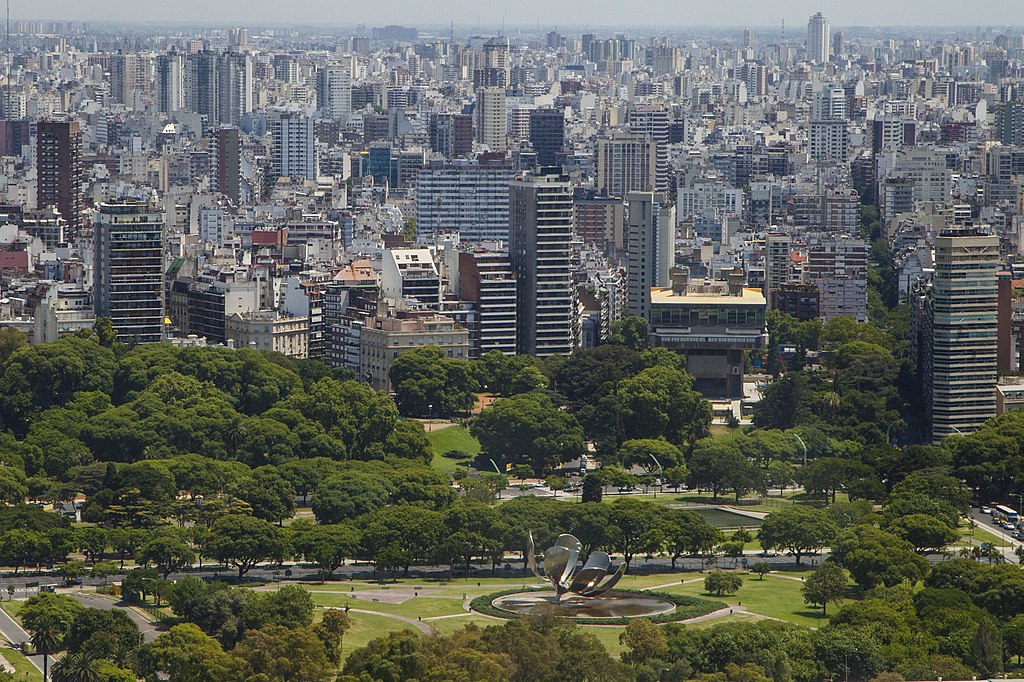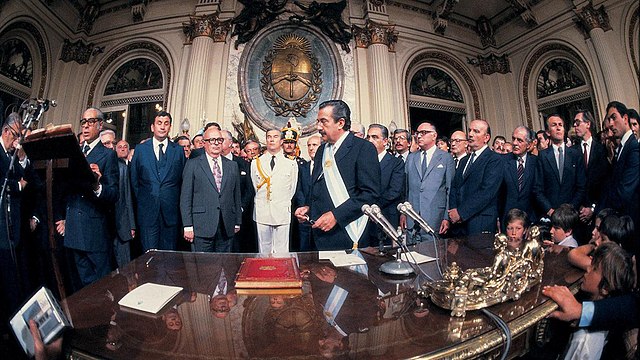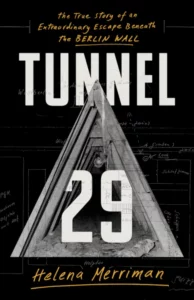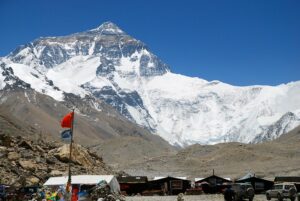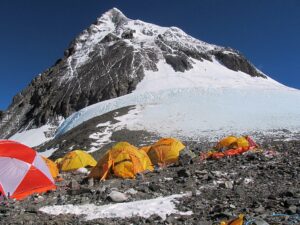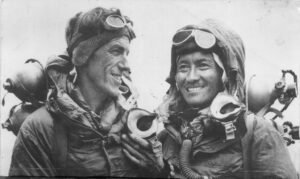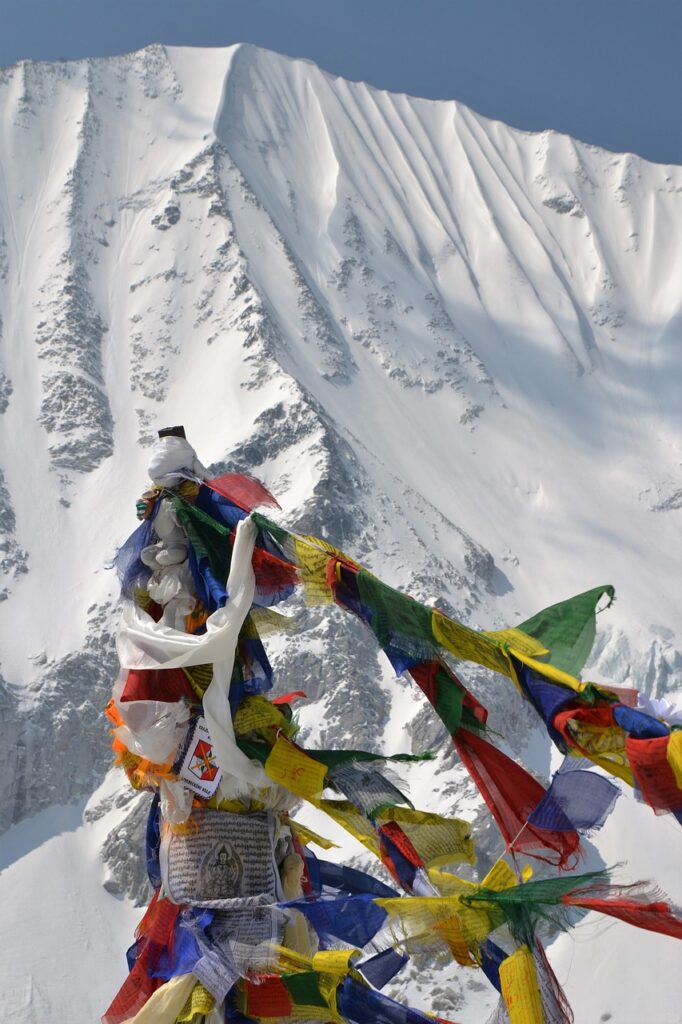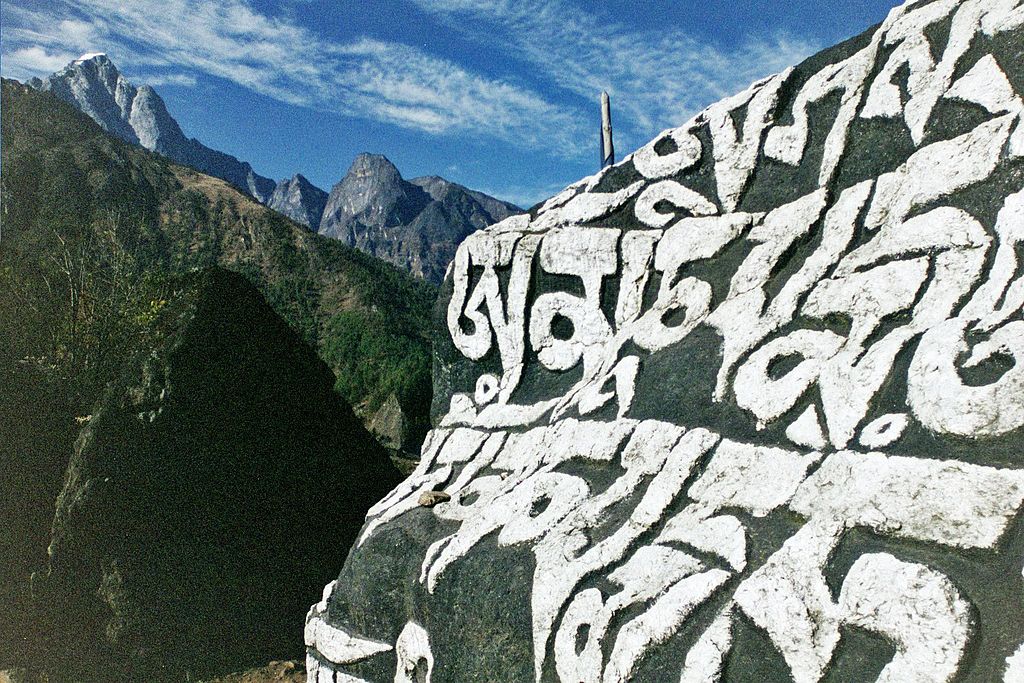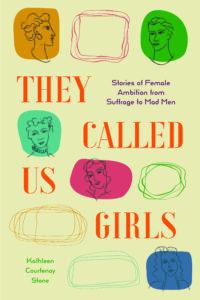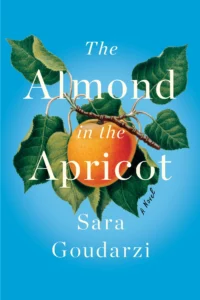
When words aren’t enough to express acute grief (New Jersey, present-day; 1980s Touran, presumably Iran): Not all time travel plots ask us to interpret the protagonist’s dreams to more potently depict the emotional devastation of profound loss as The Almond in the Apricot exquisitely does.
Two universes – different countries, different time periods, one real the other imaginary – are used to portray the penetrating grip of the death of a best friend – roommate and soul mate – suddenly ripped away, dying instantly in a car crash. Emma and Spencer are domestic partners. If he wasn’t so intent on finding a male lover, they might as well have been married. He may have joked about that, but the sense we get is she would have regardless of their platonic relationship.
“Emmabelle, if I were going to the moon – Luna, help me – and I could take just one person, woman or man, it would be you.” … “Emmabelle, will you pretend to be my wife, for now and forever?”
The Almond in the Apricot is Emma’s story, mostly what happens to her when her soul mate is gone. As opposed to her relationship with Spencer’s friend Peter, her boyfriend. The threesome worked beautifully, no jealousies. Easy flow that enabled Spencer to come and go as he pleased balanced by times when Peter preferred to opt out of whatever they were planning to do – generally Spencer’s plans since he was drawn to the stimulation of New York City, particularly The Village, whereas Emma gravitates to order. Peter misses his friend too but still sees Emma as his girlfriend.
When the novel opens, her heart isn’t in it anymore but she hasn’t said anything to Peter. How their relationship ends isn’t at the heart of what consumes this story. What’s at stake is Emma’s sanity. How a twenty-nine-year-old deeply grieving Emma from suburban New Jersey (probably New Brunswick area near Rutgers University where she studied), a senior engineer who designs wastewater sewer systems (not a particularly sexy job or typically seen in novels), weathers the trauma.
“It actually doesn’t get easier as time goes by. It gets harder,” Emma says. After her initial “strange sensations and visions,” she began to have bad nightmares, finding herself in the bathroom sick, not knowing how she’d gotten there. “The fear and the uncertainty felt too great for me to grasp,” she admitted to her closest friend and colleague at work, Tina. An interesting storyline as Emma, and the reader, aren’t so sure she’s a friend versus taking advantage of her inability to function exceptionally at work (and socially) like she’d always done.
The intensity of Emma’s grief is too much for her to grasp. The nightmares continue and evolve into something else. More dreamy, familiar, and nostalgic. They’re not normal, because they don’t just recur the same way each night. They progress like you’re watching a “television series with every episode” evolving.
Sara Goudarzi chose to open her thought-provoking, speculative novel in Emma’s dreamscape. These chapters are titled Touran, but it’s not clear if the setting is real or fictional. Born in Tehran, Iran where there’s a region called the Touran Biosphere Reserve, presumably this is or was inspired by her homeland.
It’s Emma who tells us she thinks her dreams are from the past, the 1980s. Which fits the storyline of an eleven-year-old girl, Lily, and her parents hurrying to the basement in the middle of the night when sirens go off alerting them to take cover as they’re living near a war-zone with missiles being shot in the air in Iran, a country at war in 1980 (the first Gulf War) and then ten years later the Second Gulf War lasting another eight years (https://www.history.com/topics/middle-east/iran-iraq-war; https://www.britannica.com/list/persian-gulf-war-timeline; https://www.britannica.com/event/Iraq-War).
Reading the novel eight years after Ukraine fought Russia in Crimea isn’t lost on the reader; it feels far-seeing invoking how Emma tries to make sense of her unconscious nighttime experiences that are frightening, life-altering, and surreal and yet as they develop we also see that Lily’s childhood was happy. So, we think Lily is, in part, a reflection of Emma’s past and present when Lily becomes attached to a boy, echoing Emma’s can’t-live-without-Spencer kindred relationship.
Emma’s story gets even stranger and more complex as her dream world starts bleeding into her real one. That’s when we realize how carefully thought out Goudarzi’s novel is. Even the title’s stuffing an almond in a dried apricot tips us off to we’re in for something out of the ordinary. A strong sense that each word is as precise as can be, and as poetic as possible. In fact, the author is an award-winning poet. She’s also someone who’s lived in three diverse universes, if you will: Iran, Kenya, and the US.
There’s something else Goudarzi brings to her novel: a nimbleness with theoretical physics and Einstein’s theory of relativity in which “space-time” provides a fourth-dimension to helping us make sense of the world. Could there be another universe out there we could cross over to that would be happier than this one? This epiphany of sorts happens when Emma turns on the TV and hears a theoretical physics professor from New York University expound on these dense concepts.
Professor Kerr Jacobs tells us that “The idea of time travel and parallel universes has mesmerized people for centuries.” He goes on to say, “Newer ideas about how the universe is built puts forward the possibility that there could be more dimensions than the three dimensions of space and the one dimension of time.”
The thirty-something speaker with gorgeous green eyes mesmerizes Emma. Is it because she’s obsessed with understanding the meaning of her dreams? Or, because the professor has the same emerald green eyes as Spencer’s? Same head of dark curls? You can almost guess what happens next.
How long do you think it takes to grieve the death of someone who’s part of you? Are you thinking how dare we put a timeframe on the grief process? What if the sadness is so severe the bereaved person is unable to move on, because the hole is so big inside of you it cannot be closed? At one point do your feelings and behavior become abnormal?
In 2021, the mental health community decided to put a time limit on what’s considered normal and not. The bible of psychological diagnoses, known as the DSM or Diagnostic and Statistical Manual of Mental Disorders, recently added Prolonged Grief Disorder to their fifth edition.
It’s not surprising not everyone agrees with this decision, which sets a one-year timeframe on moving on IF the patient is diagnosed as meeting “some” of eight identified symptoms, such as “identity disruption (e.g., feeling as though part of oneself has died), difficulty with reintegration (e.g., problems engaging with friends, pursuing interests, planning for the future),” and “feeling that life is meaningless.”
Emma exhibits all the symptoms on the DSM list.
Consider also psychiatrist Elisabeth Kübler-Ross’s Five Stages of Grief: denial, anger, bargaining, depression, and acceptance. Will Emma move through the five stages? Reach the stage of acceptance? In one year’s time?
Putting aside the artificial timeframe, does she sound mentally ill when she asks: “Must there always be something? Why can’t it ever be easy?”
Lorraine
